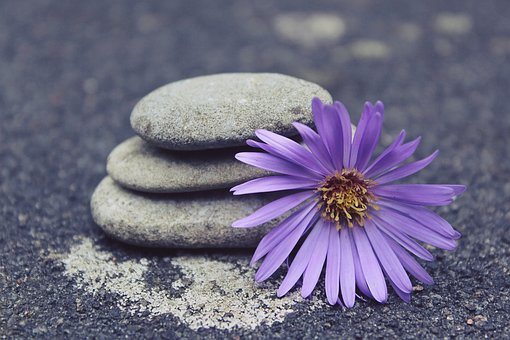“If some people are endowed with the wisdom of the Buddha, some are not, then am I endowed with buddha nature or not? It’s difficult to answer. Will I succeed in my diligent practice?” Everyone possesses buddha nature, this is definitely so. Everyone has great potential, because we possess the wisdom of the Buddha innately, it’s up to us to find it’s existence. Once we succeed, all defilements will be gone, it’s that simple.
~Depicted from LUMINOUS WISDOM BOOK SERIES











